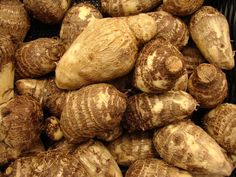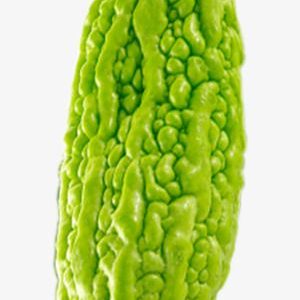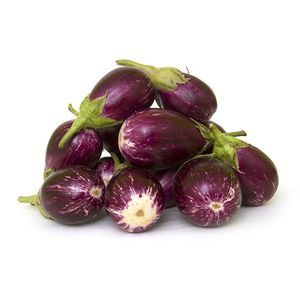Description
Arbi | Arvi | arbee
- Nutrient-Dense: A great source of dietary fiber, vitamins E and B6, potassium, and antioxidants, supporting overall health and wellness.
- Versatile & Flavorful: Ideal for boiling, frying, baking, or mashing, colocasia can be used in soups, curries, stews, and side dishes.
- Rich & Earthy Taste: Enjoy the unique, slightly nutty flavor and creamy texture that colocasia brings to traditional and contemporary recipes.
Product Details:
- Variety: Taro Root/Dasheen (Specify the variety you are selling)
- Packaging: Available in 1 lb / 2 lb / 5 lb packs (Choose the packaging size)
- Storage: Store in a cool, dry place. Colocasia can last up to a week when stored properly.
Why Choose Our Colocasia?
At Fresh Harvest, we take pride in delivering high-quality produce. Our colocasia is cultivated using sustainable farming practices, ensuring that you receive the best in taste and nutrition. Whether you’re cooking a traditional dish or exploring new culinary creations, Fresh Harvest Colocasia is the perfect choice for adding depth and richness to your meals.
FAQs
1. Do you offer bulk purchasing options for colocasia (taro root)?
Yes, we offer bulk purchasing options. Please contact our customer service team for more information on bulk orders and pricing.
2. How should I store colocasia (taro root)?
Store colocasia in a cool, dry place, preferably in a well-ventilated area. Avoid storing it in the refrigerator, as it may cause the root to become too moist and spoil more quickly. It can last up to a week when stored properly.
3. Can I freeze colocasia (taro root)?
Yes, you can freeze colocasia after it has been cooked. Peel, boil or steam the taro until tender, then allow it to cool before freezing in airtight containers or freezer bags. Frozen taro is best used in cooked dishes.
4. What are the health benefits of colocasia (taro root)?
Colocasia is rich in dietary fiber, vitamins E and B6, potassium, and antioxidants. It supports digestive health, helps regulate blood pressure, and provides a good source of energy.
5. How do I cook colocasia (taro root)?
Colocasia can be boiled, steamed, fried, or baked. To prepare, peel the tough outer skin and cut the root into pieces. Boil or steam until tender, or fry for a crispy texture. It can be used in soups, stews, curries, or as a mashed side dish.
6. Is colocasia (taro root) safe to eat raw?
No, colocasia should not be eaten raw as it contains calcium oxalate crystals, which can be irritating and potentially harmful if consumed uncooked. Always cook colocasia thoroughly before eating.
7. What varieties of colocasia (taro root) do you offer?
We offer different varieties of colocasia, including traditional taro root and dasheen. Each variety may have a slightly different flavor and texture that is suitable for various recipes. (Specify the varieties you offer)
8. Can colocasia (taro root) be used in desserts?
Yes, colocasia is commonly used in desserts in various cuisines, especially in Southeast Asia and the Pacific Islands. It can be sweetened and used in puddings, cakes, or ice creams, offering a unique, creamy texture.
9. What should I do if I receive damaged or spoiled colocasia (taro root)?
If you receive damaged or spoiled colocasia, please contact our customer service team within 48 hours of delivery. We will arrange for a replacement or refund, depending on the situation.








Reviews
There are no reviews yet.